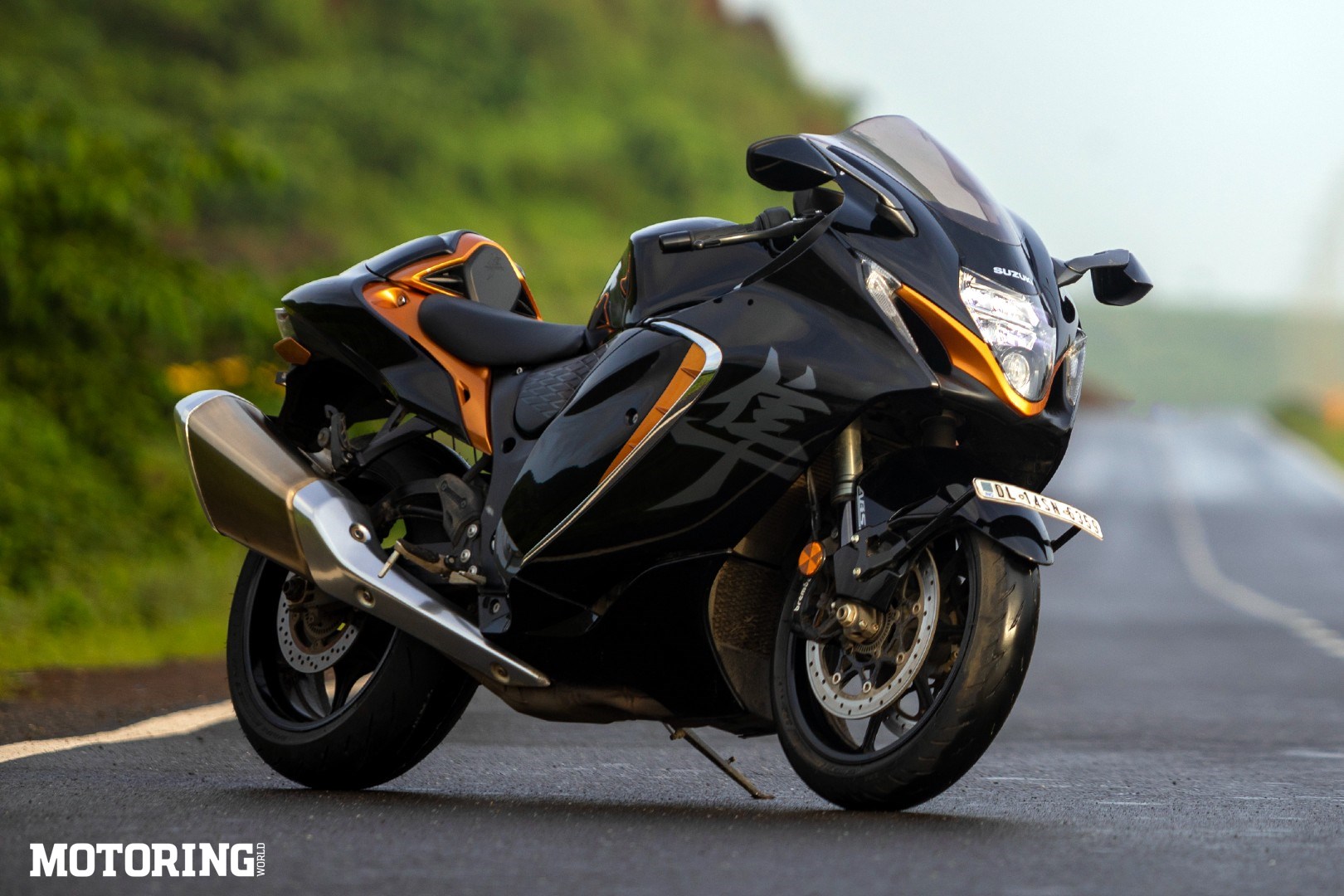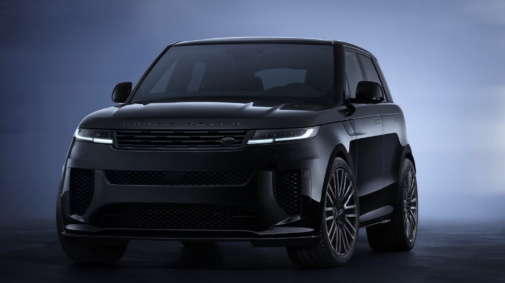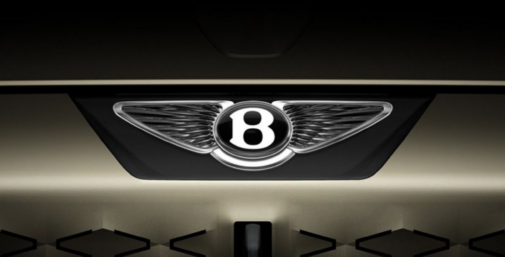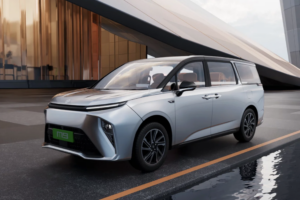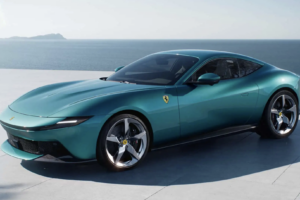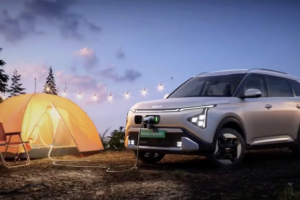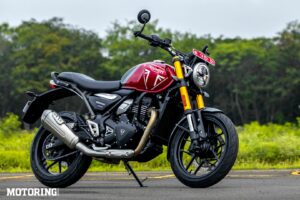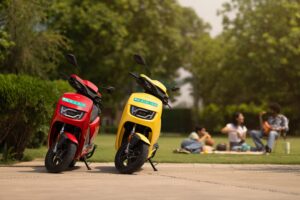It’s cool for bikes to be black. For some time now, a number of Indian motorcycles have looked like their makers have struck deals for bulk discounts on black paint. Never mind that all-black motorcycles are a pain to keep clean, and that their colour ages much faster than others. I’ve been repeatedly told by manufacturers that this is because of a perception among the majority of customers that black is a tough, mean colour. It’s meant to be manly. Um, right. In the meanwhile, I’ve come to believe that black motorcycles should be banned. On a mode of transport that easily becomes invisible on the road, bright colours are the most important way to stay as safe as possible. The looks of a motorcycle are a huge part of its appeal. And in a country like ours, where appearances are everything more often than not, it’s interesting to take a look at looks.
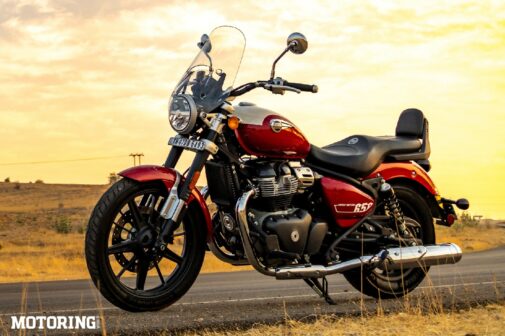
We expect our bikes to conform: commuters should look like this, sporty bikes should look like this, cruisers should look like wannabe Harleys, and so on. It could even be taken a notch further. Hondas should look like this, Yamahas shouldn’t look like this, and so on. We’re pretty rigid when it comes to our perceptions, and when a bike is seen to be out of line with these notions, it’s punished with dismal sales irrespective of competence. Sounds disconcertingly familiar.
We Indians also like size. We’d ride Godzilla around with ape-hangers on his head, if we could. But sadly/thankfully, we can’t. At the Triumph Speed 400’s launch, a fellow hack observed that the bike looked a bit too compact in person. I glanced at this overweight gentleman and walked away before making an impolite comment or two. Making a good-looking motorcycle is nothing short of art. Even more so, considering the end product’s purpose is far more interesting than being framed and hung on a wall. I always like to stand back and look at the test motorcycles that find themselves in my garage. However, more and more, I find that there’s nothing to look at.
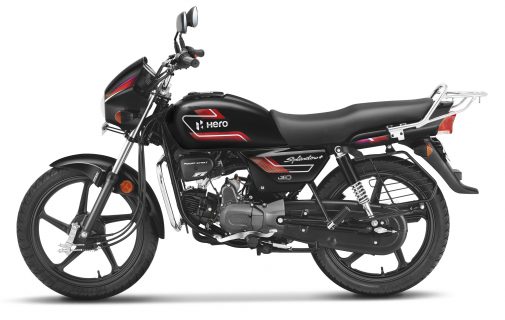
Today, the Indian motorcycle market has more motorcycles than ever before. But when was the last time you could tell one paintless fuel tank from another? Changing a bike’s appearance is a powerful tool. But in India, changing stickers or adding/removing a fairing is meant to give you an entirely different riding experience. I suppose if I’m to believe that flawless logic, I’m only a haircut away from becoming Valentino Rossi. However, aesthetic greatness doesn’t mean beauty in the conventional sense, either. Every great motorcycle possesses an irrefutable sense of purpose, a magical balance in which form and function fuse to become irresistible to a mind that runs on two wheels. And that’s something few of our customer-survey-checklist motorcycles have.
However, once you’ve stripped away all the visual garnishing, motorcycles of a kind tend to be remarkably similar. That’s probably why there’s a café racer and a scrambler lurking in virtually every motorcycle’s lines. These are elemental concepts, often lost in the seemingly supreme need for marketing-led identity, aerodynamic efficiency and convenience, all expressed in plastic. But then again, if we’re making motorcycles that are more or less clones with different badges, what other choice do we have? No wonder less is rarely more these days. If looks could kill, when it comes to Indian motorcycles, I’m not in any danger at all.





